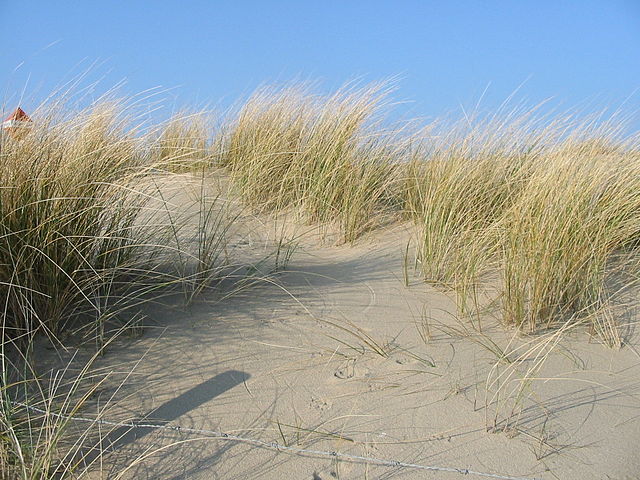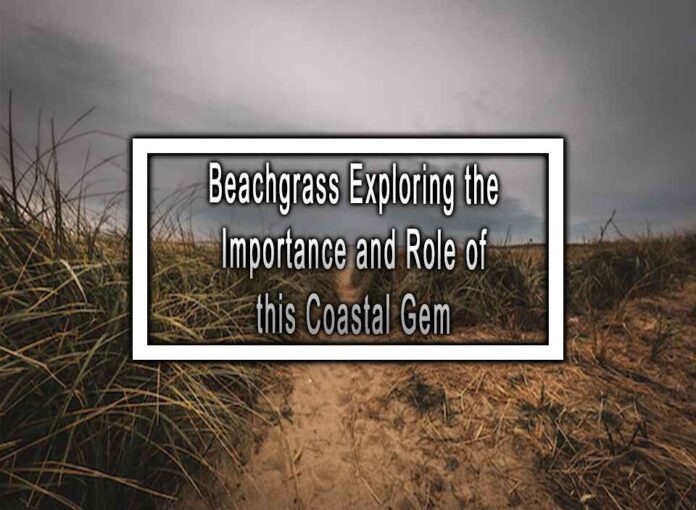Beachgrass, scientifically known as Ammophila spp., plays a crucial role in coastal ecosystems and is considered a coastal gem for several reasons. Here’s an exploration of the importance and role of beachgrass in coastal environments:
Sand Dune Stabilization:
Beachgrass is primarily known for its role in stabilizing sand dunes. Coastal sand dunes act as natural barriers against coastal erosion and storm surges. Beachgrass has long, fibrous roots that help anchor the sand, preventing it from being washed away by tides and wind. This stabilization is vital for protecting coastal communities, infrastructure, and natural habitats from the destructive forces of the ocean.
Erosion Control:
The roots of beachgrass create a dense network beneath the sand’s surface, effectively trapping sand particles and building up dunes over time. This process not only prevents erosion but also contributes to the formation of new dunes, further protecting the coastline.
Biodiversity:
Coastal dunes stabilized by beachgrass provide habitats for a wide range of plant and animal species. These areas can host unique and specialized flora and fauna that have adapted to the harsh conditions of the coastal environment. Birds, insects, and small mammals often rely on dune systems for nesting and foraging.
Beach Aesthetics:
Beachgrass enhances the visual appeal of coastal areas. Its distinctive, tall, and slender stalks create a characteristic coastal landscape. This aesthetic value contributes to tourism and recreational activities, which are vital for the economies of many coastal regions.
Sand Accumulation:
As beachgrass traps sand and encourages dune formation, it also plays a role in maintaining sandy beaches. The accumulation of sand in the dune system can feed back onto the beach during storms or periods of erosion, replenishing the shore and supporting beach tourism.
Carbon Sequestration:
Coastal ecosystems, including dunes with beachgrass, can sequester carbon dioxide from the atmosphere. The vegetation, including beachgrass, stores carbon in its biomass and in the organic matter of the sandy soil. This can help mitigate the impacts of climate change by reducing atmospheric carbon levels.
Educational and Research Value:
Beachgrass serves as an important subject for ecological and environmental research. Studying its growth, interactions with other species, and response to environmental changes can provide insights into broader ecological processes, which can be valuable for conservation efforts.
It’s important to note that beachgrass is not native to all coastal areas and can become invasive in some ecosystems. Invasive beachgrass species can outcompete native vegetation, altering the composition and dynamics of coastal ecosystems. Therefore, conservation efforts often involve managing beachgrass populations to maintain a healthy balance between its benefits and potential drawbacks.
In summary, beachgrass is a coastal gem due to its critical role in stabilizing sand dunes, preventing erosion, supporting biodiversity, enhancing aesthetics, and contributing to carbon sequestration. Its presence is essential for the ecological health and resilience of coastal ecosystems worldwide.










